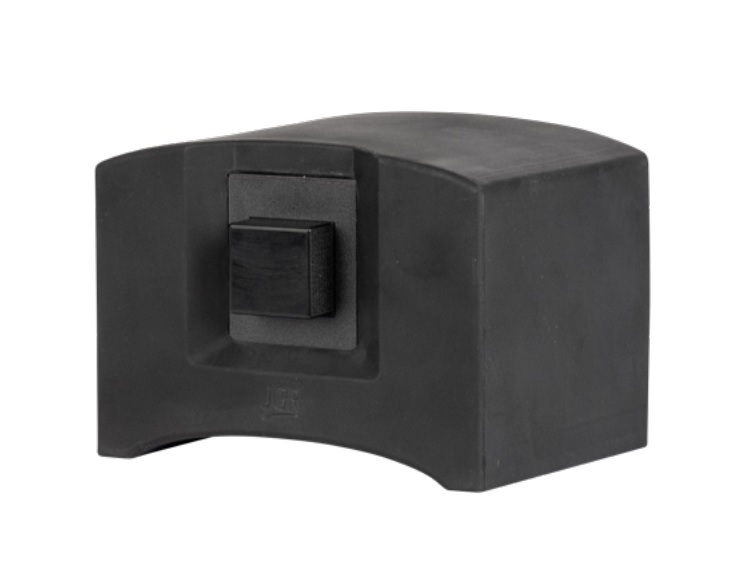20 OCTOBER 2022
LOTTE KRULL
Using only a single light source, scientists have set a world record by transmitting 1.8 petabits per second. Their data transmission method uses significantly less power and can help reduce the Internet’s climate footprint.
An international group of researchers from Technical University of Denmark (DTU) and Chalmers University of Technology in Gothenburg, Sweden have achieved dizzying data transmission speeds and are the first in the world to transmit more than 1 petabit per second (Pbit/s) using only a single laser and a single optical chip.
1 petabit corresponds to 1 million gigabits.
In the experiment, the researchers succeeded in transmitting 1.8 Pbit/s, which corresponds to twice the total global Internet traffic. And only carried by the light from one optical source. The light source is a custom-designed optical chip, which can use the light from a single infrared laser to create a rainbow spectrum of many colours, i.e. many frequencies. Thus, the one frequency (colour) of a single laser can be multiplied into hundreds of frequencies (colours) in a single chip.
All the colours are fixed at a specific frequency distance from each other - just like the teeth on a comb - which is why it is called a frequency comb. Each colour (or frequency) can then be isolated and used to imprint data. The frequencies can then be reassembled and sent over an optical fibre, thus transmitting data. Even a huge volume of data, as the researchers have discovered.
One single laser can replace thousands
The experimental demonstration showed that a single chip could easily carry 1.8 Pbit/s, which—with contemporary state-of-the-art commercial equipment—would otherwise require more than 1,000 lasers.
Victor Torres Company, associate professor at Chalmers University of Technology, is head of the research group that has developed and manufactured the chip.
“What is special about this chip is that it produces a frequency comb with ideal characteristics for fiber-optical communications – it has high optical power and covers a broad bandwidth within the spectral region that is interesting for advanced optical communications,” says Victor Torres Company.
Interestingly enough, the chip was not optimized for this particular application.
“In fact, some of the characteristic parameters were achieved by coincidence and not by design,” says Victor Torres Company. “However, with efforts in my team, we are now capable to reverse engineer the process and achieve with high reproducibility microcombs for target applications in telecommunications.”
Enormous potential for scaling
In addition, the researchers created a computational model to examine theoretically the fundamental potential for data transmission with a single chip identical to the one used in the experiment. The calculations showed enormous potential for scaling up the solution.
Professor Leif Katsuo Oxenløwe, Head of the Centre of Excellence for Silicon Photonics for Optical Communications (SPOC) at DTU, says:
“Our calculations show that—with the single chip made by Chalmers University of Technology, and a single laser—we will be able to transmit up to 100 Pbit/s. The reason for this is that our solution is scalable—both in terms of creating many frequencies and in terms of splitting the frequency comb into many spatial copies and then optically amplifying them, and using them as parallel sources with which we can transmit data. Although the comb copies must be amplified, we do not lose the qualities of the comb, which we utilize for spectrally efficient data transmission.”













